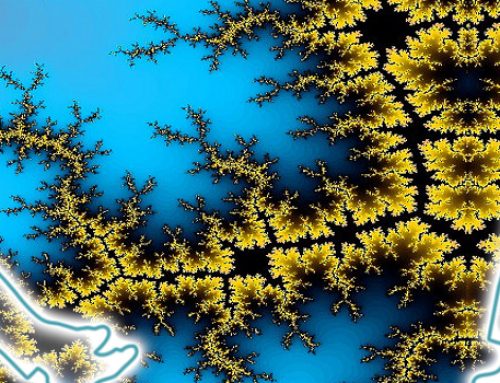Michael Soth: European Congress of Body Psychotherapy: the Embodied Self in a dis-Embodied Society: A presentation proposal
A presentation addressing the shadow aspects of this central theoretical model of our tradition
Character Structure theory is a central element of Body Psychotherapy, building on Reich’s monumental achievement to bring together biology and psychology through his notion of ‘functionalism’ (what we call ‘holism’ in modern terms; or the embodied, embedded, extended, enactive mind hypothesis).
Reich’s theory has stood the test of time, and in its expanded and integrative form, as presented by Stephen Johnson (“Character Styles”, 1994), it provides a solid diagnostic and clinically relevant developmental model that is compatible with other dynamic psychotherapeutic approaches. As a comprehensive bodymind map of pathology it is much more coherent and clinically useful than the DSM IV/V.
However, as applied throughout the tradition of Body Psychotherapy, character structure theory also contains inconsistencies, omissions and shadow aspects and – as every other therapeutic tool or concept – can be used in counter-therapeutic ways or can acquire counter-therapeutic functions in the relationship between client and therapist. Many of us have always had difficulty with its pathologising, medical terminology, but this is just a surface symptom – the real problems with the model run far deeper.
In this presentation I would like to extend and expand our model so it can be used from a variety of relational stances: both from ‘medical model’ one-person psychology and dialogical two-person psychology perspectives (which can then be blended into an integrative ‘relational’ way of working). This will involve questioning the omissions and contradictions inherent in the model, following through its implicit assumptions and adapting it in order to do justice to the complexities of the transference-countertransference process (incorporating also the ‘relational turn’ in Body Psychotherapy which attends to enactments of the client’s characterological wounding in therapy and between client and therapist). A central question is: what function does the therapist’s theory – an in this case character structure theory – acquire in the countertransference ?
This has significant theoretical implications, but more importantly it affects our technique and relational stance as Body Psychotherapists. In summary: the wounds and shadow aspects of our tradition also manifest in corresponding weaknesses in its central theory: they can be traced as theoretical over-simplifications which lend themselves to defensive uses in our practice.
Short Description
Character structure theory is a central pillar of the Body Psychotherapy tradition, building on Reich’s monumental achievement to bring together biology and psychology through his notion of ‘functionalism’ (what we call ‘holism’ in modern terms). However, the wounds and shadow aspects of the tradition (e.g. Reich’s mission to “liberate the animal”) also manifest in corresponding weaknesses in its central theory. They can be traced as theoretical over-simplifications which lend themselves to defensive uses in our practice.
This presentation aims to summarise these shadow aspects and suggests more comprehensive and less one-sided formulations.


Leave A Comment
You must be logged in to post a comment.